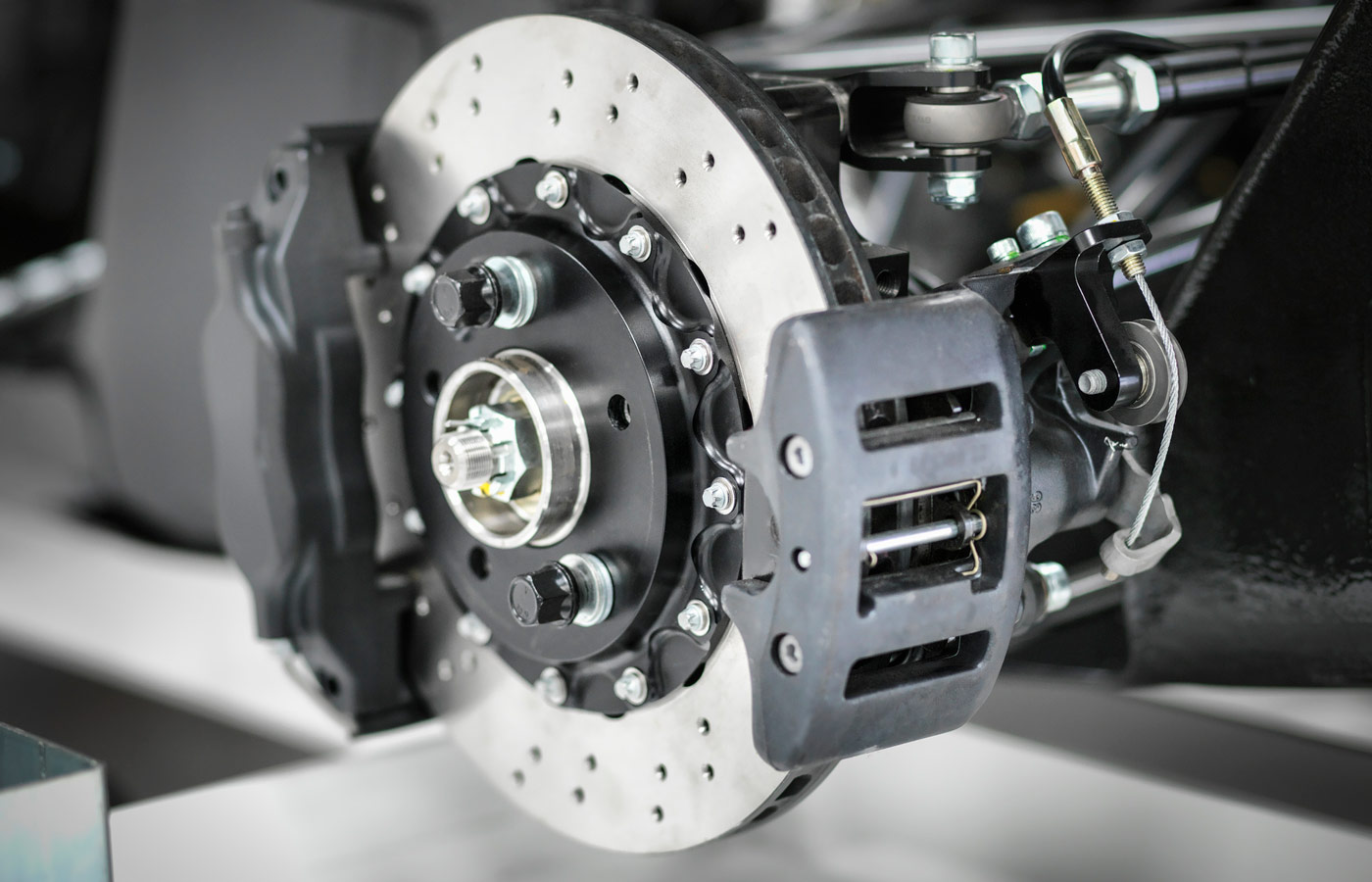How to Extend the Life of Your Car Brakes
Good brake health is important for safety and ongoing car maintenance

Maintaining the health of your vehicle’s brakes is essential not only for your safety, but also for the longevity of your car. A properly functioning braking system ensures prompt responses from your vehicle and prevents potential accidents. However, car brakes are subject to wear and tear over time. Fortunately, several proactive steps help extend your brakes’ lifespan, saving money on repairs and replacements while ensuring optimal performance.
Why Your Brakes Wear
Stopping safely is an integral part of driving a vehicle. Having properly maintained brakes is the best way to do this. Brakes on a car wear down due to friction; when the brake pedal is pressed, the brake pads clamp down on the brake rotors or drums, creating heat and abrasion. Over time, the brake pads and rotors or drums begin to wear down.
Many factors can affect car brake wear and tear, including driving habits, environmental conditions (humidity, road conditions and high salt content) and the quality of the brake equipment installed on the car.
Driving Habits to Minimize Wear and Tear on Brakes
The one factor that car owners have the most control over is their driving habits. By driving more smoothly and using proper braking techniques, drivers can extend the life of their brake components.
Rapid acceleration followed by heavy braking or tailgating other vehicles and having to stop suddenly puts extra pressure on car brakes. Maintaining a safe speed and gently braking takes a lot of strain off brakes. If you’re stepping on the brakes frequently and the car makes hard stops that rock the vehicle, the brakes are being overworked.
Another habit many drivers have is riding the brakes at stop lights. Essentially, drivers allow the car to inch forward while their foot is on the brake. This practice causes more friction for the wheels and brakes than if the vehicle were stopped completely. It’s healthier for drivers to coast or take their foot off the gas without touching the brake, so the car slows down naturally, and then apply the brake to come to a full stop.

4 Tips to Preserve Car Brake Life
Car brakes are intended to last between 25,000 and 65,000 miles, depending on driver habits, how often the car is driven and other factors. To extend the life of brakes, drivers can do several additional things:
1. Don't carry extra cargo – Travel Light
Brakes on a passenger car or truck are designed to last under what the manufacturer considers normal operating conditions. Continuously carrying heavy cargo or pulling a trailer or camper adds strain to the brake system. Vehicles have trailer towing capacities listed in the driver-side door jam and recorded inside the owner's manual.
2. Anticipate Traffic Conditions
Anticipating traffic flow and road conditions allows drivers to proactively adjust speed and minimize the need for sudden stops. Maintaining a safe following distance and avoiding tailgating not only reduces wear on brakes but also enhances overall safety on the road.
3. Smooth Driving Habits
Encouraging smooth acceleration, braking, and steering can significantly reduce wear and tear on car brakes. Gradually applying brakes instead of sudden, heavy braking reduces strain on brake pads and rotors, extending their lifespan.
4. Maintain Proper Brake System
Regular maintenance checks, including brake pad inspections and adjustments, ensure that the brake system operates efficiently. Keeping brake fluid at the recommended level and replacing it as per the manufacturer's guidelines prevents brake fade and maintains optimal braking performance.
Being up to date on brake maintenance can mitigate issues before they occur and is essential for safe driving. Regular inspections can help avoid costly repairs or accidents. A good habit to get into is to have the brake pads and rotors or drums inspected with every tire rotation, which is traditionally between every 5,000 and 7,500 miles.
Do you know when to replace your car tires?
Get Information
Signs of Wear and When to Seek Professional Assistance
Several signs indicate when it’s time to take your car or truck to a AAA Car Care facility or a AAA Approved Auto Repair Facility for brake maintenance.
Drivers should listen for any squeaking or grinding noises when applying the car brakes. Also known as brake scrubbing, these sounds indicate that brake pads are below their recommended thickness. The grinding could create a more expensive issue as the pads continue to wear and are not replaced.
Another indicator of brake wear is a change in the feel of the brake pedal when pushed. The vehicle may have warped brake rotors or drums if the pedal goes farther to the floor or vibrates while braking.
Drivers should also be mindful if it takes longer than usual for their vehicle to come to a complete stop. This can indicate worn brake pads or even insufficient brake fluid. And, of course, if the brake warning light illuminates on the dashboard, the vehicle should immediately be taken to a mechanic for inspection.